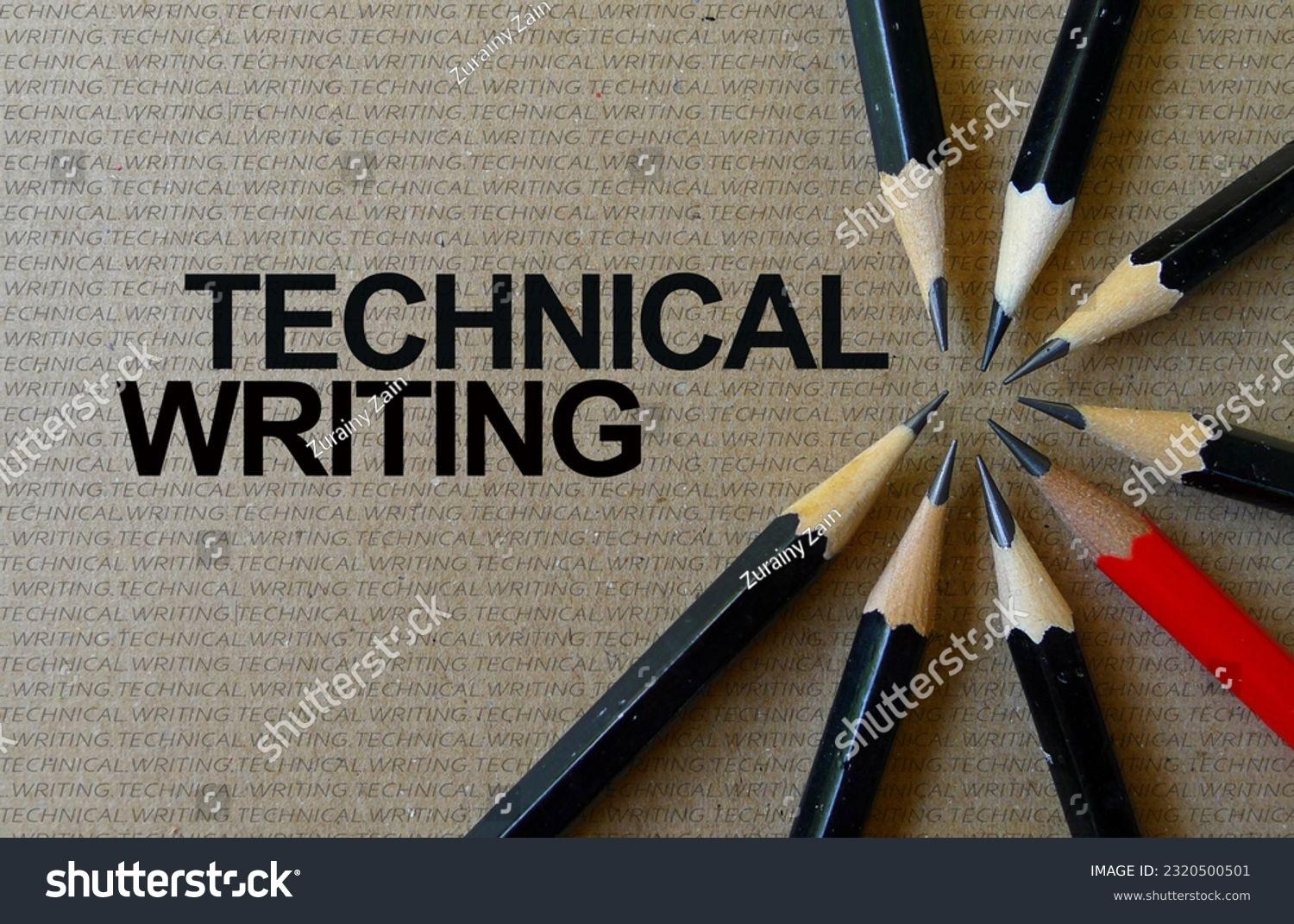The Importance of Clarity and Conciseness in Technical Writing
Introduction
Technical writing is all about effectively conveying complex information in a way that is clear, concise, and easy to understand. When documentation is cluttered with unnecessary words, jargon, or vague explanations, it can lead to confusion and inefficiency.
For professionals in Technical writing, mastering clarity and conciseness is essential to ensuring that users can quickly comprehend instructions, procedures, and technical concepts. This article explores the significance of clear and concise writing, practical techniques for achieving it, and common pitfalls to avoid.
1. Why Clarity and Conciseness Matter in Technical Writing
Technical writing serves a purpose: to guide users in understanding and using a product, service, or system efficiently. Unclear or wordy content can hinder that goal.
Key Benefits of Clarity and Conciseness:
- Enhances Readability – Readers can process information faster.
- Improves User Experience – Well-structured content prevents frustration.
- Reduces Misinterpretation – Clear instructions minimize errors.
- Increases Efficiency – Users find the information they need quickly.
- Supports Global Audiences – Concise writing is easier to translate.
By eliminating unnecessary complexity, technical writers ensure that their content is accessible to a broader audience.
2. Strategies for Writing Clearly in Technical Documents
Clear writing is a skill that can be developed with the right techniques.
Best Practices for Clarity:
- Use Simple and Direct Language – Replace complex words with simpler alternatives.
- Define Technical Terms – If jargon is necessary, provide clear definitions.
- Use Active Voice – “Click the button” is clearer than “The button should be clicked.”
- Organize Logically – Structure content with clear headings and subheadings.
- Provide Examples – Illustrate concepts with real-world applications.
A well-structured document ensures users can navigate information effortlessly.
3. Techniques for Achieving Conciseness
Concise writing eliminates redundancy while preserving essential details.
How to Make Technical Writing More Concise:
| Technique | Example | Before | After |
|---|---|---|---|
| Remove Unnecessary Words | "In order to" → "To" | "In order to save time, follow these steps." | "To save time, follow these steps." |
| Avoid Repetition | "The software allows users to access and use the data." | "The software allows users to use the data." | "The software allows data access." |
| Replace Wordy Phrases | "Due to the fact that" → "Because" | "Due to the fact that it is raining, the event is postponed." | "Because it is raining, the event is postponed." |
| Use Strong Verbs | "Make an improvement" → "Improve" | "We need to make an improvement in efficiency." | "We need to improve efficiency." |
Applying these techniques ensures that content remains informative without being overly wordy.
4. Structuring Content for Better Clarity
Good structure enhances both clarity and conciseness in technical writing.
Effective Content Structuring Techniques:
- Use Bullet Points and Lists – Simplifies complex information.
- Break Content into Sections – Helps readers locate relevant details quickly.
- Write in a Logical Flow – Present information in the order it is needed.
- Highlight Key Points – Use bold or italic formatting for emphasis.
- Keep Sentences and Paragraphs Short – Aim for 15-20 words per sentence.
Well-structured documents improve usability and comprehension.
5. Common Mistakes to Avoid
Even experienced writers can struggle with clarity and conciseness.
Common Pitfalls and How to Fix Them:
| Mistake | Solution |
|---|---|
| Overuse of Jargon | Define technical terms or replace them with simpler language. |
| Passive Voice Overuse | Use active voice to make sentences clearer. |
| Long, Complex Sentences | Break them into shorter, more readable sentences. |
| Unnecessary Details | Remove information that does not directly support the main point. |
| Lack of Formatting | Use lists, headings, and whitespace to improve readability. |
By avoiding these mistakes, technical writers can enhance the effectiveness of their documentation.
6. Tools for Writing Clearly and Concisely
Several tools help writers refine their content for clarity and conciseness.
Recommended Writing Tools:
| Purpose | Tool |
|---|---|
| Grammar and Style Checking | Grammarly, Hemingway Editor |
| Readability Analysis | Readable, ProWritingAid |
| Plain Language Conversion | Simple Writer, Cleartext |
| Text Summarization | QuillBot, SMMRY |
Using these tools ensures that content remains professional, polished, and easy to read.
7. The Future of Clear and Concise Technical Writing
As technology advances, the need for user-friendly, concise documentation will continue to grow.
Emerging Trends:
- AI-Assisted Writing – AI tools streamline editing and improve clarity.
- Voice-Activated Documentation – Instructions available via voice commands.
- Interactive Guides – Clickable and step-by-step tutorials.
- Multilingual Optimization – AI-powered translation for global accessibility.
These innovations will further simplify technical communication for diverse audiences.
Conclusion
Clarity and conciseness are fundamental to effective technical writing. By using simple language, eliminating unnecessary words, and structuring content logically, writers can create documentation that is easy to understand and highly functional.
To explore more about Technical writing and improve your skills, check out our expert guides and resources.



